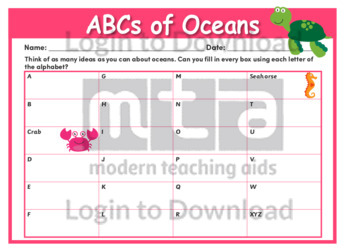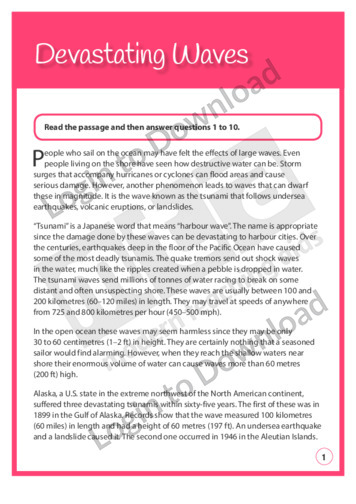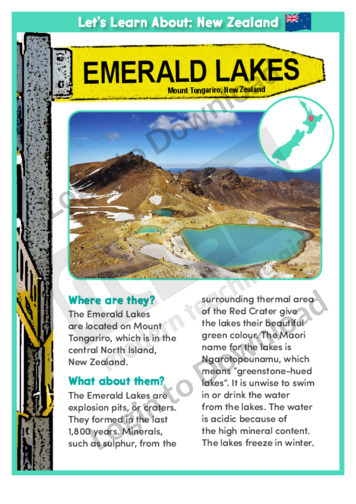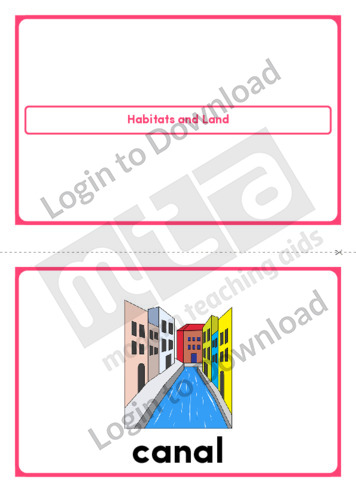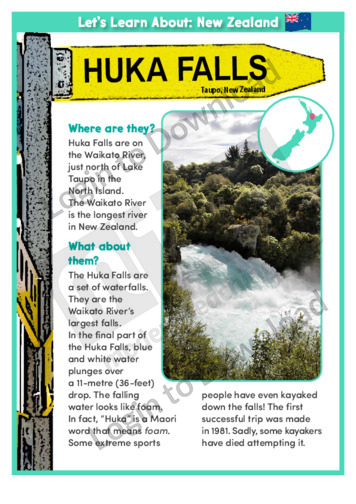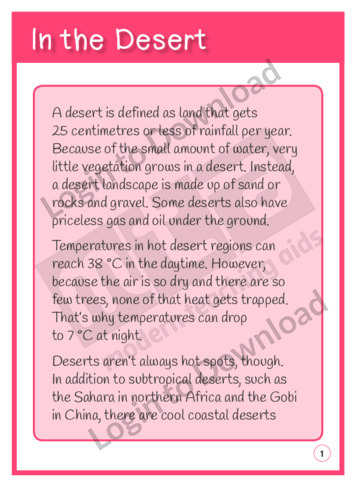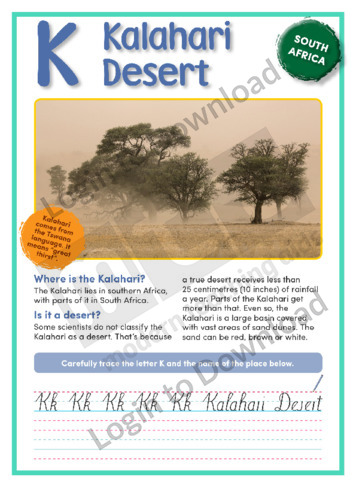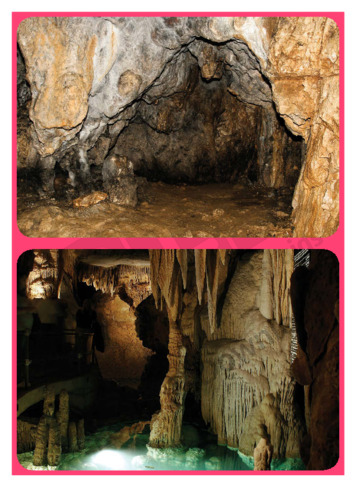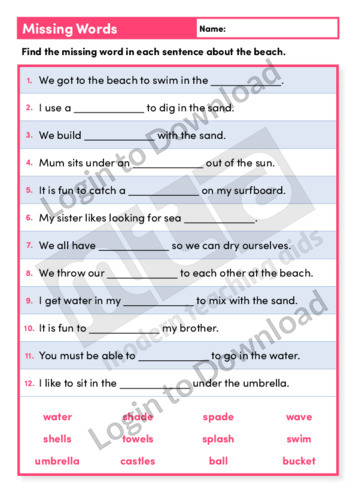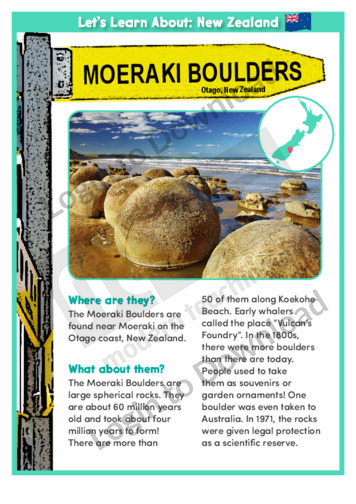This worksheet, ‘5Ws and How About Oceans’ provides a structured diagram that helps students identify the who, what, when, where, why and how of oceans. It is a great visual graphic that can be used to generate meaningful class discussion or to supplement an Under the Sea themed teaching unit.
This reading comprehension activity, ‘A Different Kind of Juice’ asks students to answer questions about rubber, a naturally hard substance. It is aimed at increasing students’ awareness of semantics and encourages students to recall information and draw conclusions.
This worksheet, ‘ABCs of Oceans’ provides an alphabet grid that students can use to develop their vocabulary and brainstorm different ideas about the topic of oceans. This is a fun and simple resource to encourage students to learn about oceans or to supplement an Under the Sea themed teaching unit, and can be used effectively …More
This science article, ‘Antarctic Ocean’ features different aspects of the Antarctic Ocean. It provides factual information about the animals that survive and thrive in the icy Antarctic waters and continent. It is aimed at broadening students’ scientific and geographical awareness in an engaging manner.
This science article, ‘Arctic Ocean’ features different aspects of the Arctic Ocean. It provides factual information about Arctic ice and animals of the Arctic. It is aimed at broadening students’ scientific and geographical awareness in an engaging manner.
This article, ‘All About Dinosaurs: Armoured Dinosaurs’, provides information about dinosaurs that have protective armour. It is aimed at broadening students’ awareness of natural history and includes colourful and engaging images.
This science article, ‘Atlantic Ocean’ features different aspects of the Atlantic Ocean. It provides factual information about icebergs, exploration and fishing. It is aimed at broadening students’ scientific and geographical awareness in an engaging manner.
This reading comprehension activity, ‘Caves’ asks students to answer questions about different kinds of caves. It is aimed at increasing students’ awareness of semantics and encourages students to recall information and form opinions.
This reading comprehension activity, ‘Composting’ asks students to answer questions about how to build a compost pile. It is aimed at increasing students’ awareness of semantics and encourages students to recall information, make predictions and form opinions.
This science article, ‘Coral Reefs’ features what coral reefs need to survive. It provides factual information about different coral reefs, such as fringing reefs, atolls and barrier reefs. It is aimed at broadening students’ scientific and geographical awareness in an engaging manner.
This reading comprehension activity, ‘Crushed by the Quake’, asks students to answer comprehension questions on a text about earthquakes in Turkey.
This short nonfiction text ‘D: Diamond’ features important factual background information relating to the accidental discovery of diamonds in South Africa. It is aimed at broadening students’ awareness of the natural resources and icons associated with South Africa and also features an activity for students to practise their handwriting.
This Reading Comprehension worksheet, ‘Devastating Waves’, features an informational text about tsunamis and discusses three tsunamis that have devastated parts of Alaska. It encourages students to use a variety of strategies to interpret the text and includes questions about drawing a conclusion, vocabulary, cause and effect, detail, comparison/contrast, emotional reaction, and reasoning. The task also …More
This article, ‘All About Dinosaurs: Dinosaur Footprints’, describes the dinosaur stampede at Lark Quarry in Australia. It is aimed at broadening students’ awareness of natural history and includes colourful and engaging images.
This reading comprehension activity, ‘Earth’s Water’ asks students to answer questions about the water on and in Earth. It is aimed at increasing students’ awareness of semantics and encourages students to recall information, draw conclusions, form opinions and think about word meanings.
This reading comprehension activity, ‘Earthquakes’ asks students to answer questions about earthquakes and the San Andreas fault zone. It is aimed at increasing students’ awareness of semantics and encourages students to recall information.
This graphic organiser, ‘Ecosystem Web’ helps students to connect relationships between organisms in a useful way.
This geography article, ‘Emerald Lakes’ features the three famous green lakes located on Mount Tongariro in New Zealand’s North Island. It provides factual background information and is aimed at broadening students’ cultural, geographical and historical awareness in an engaging manner.
This reading comprehension activity ‘Exploring the Deep’, asks students to answer comprehension questions on a text about Sylvia Earle, a marine biologist who explores the ocean.
This science article, ‘Exploring the Oceans’ features oceanographers and the different ways to explore the ocean. It provides factual information about submersibles, scuba diving and glass-bottom boats. It is aimed at broadening students’ scientific and geographical awareness in an engaging manner.
This short nonfiction text ‘F: Fossil’ features important factual background information relating to fossils and an important fossil discovery in South Africa in 2012. It is aimed at broadening students’ awareness of significant artefacts and discoveries associated with South Africa and also features an activity for students to practise their handwriting.
This article, ‘All About Dinosaurs: Finding Dinosaur Bones’, explains what palaeontologists do with dinosaur bones. It is aimed at broadening students’ awareness of natural history and includes colourful and engaging images.
This article, ‘Bushfires: Flame Wars’, provides information about bushfires. It is aimed at broadening students’ environmental awareness and includes colourful and engaging photographs.
This reading comprehension activity, ‘Forests’ asks students to answer questions about forests and forest fires. It is aimed at increasing students’ awareness of semantics and encourages students to recall information and think about author purpose.
This Readers Theatre activity, ‘Fossils’ encourages students to summarise information from the script and retell it in their own words. It also builds reading fluency. This activity includes a script for 5 readers.
This geography article, ‘Franz Josef Glacier’ features this natural icy wonder that is located in New Zealand’s South Island. It provides factual background information and is aimed at broadening students’ geographical and historical awareness in an engaging manner.
This history article, ‘Giant’s Causeway’ features the famous rock formation located in Northern Ireland. It provides factual information about this World Heritage Site, and is aimed at broadening students’ cultural, geographical and historical awareness.
This reading comprehension activity, ‘Going Underground’ asks students to answer questions about Mammoth Cave in Kentucky in the United States. It is aimed at increasing students’ awareness of semantics and encourages students to recall information, draw conclusions, form opinions and think about word meanings.
This text type and structure exemplar ‘Grand Stumbles’ helps students to identify the structure and genre of a narrative text. It is aimed at encouraging students to identify details from the beginning, middle and end of the sample text, identifying whether this story is an example of the narrative or everyday genre.
This set of flashcards,’Habitats and Land’ supports vocabulary development about geographical habitats and land features. Topic based flashcards are a great tool for teachers or parents to build a child’s vocabulary and improve word association. Browse over 200+ thematic flashcards and make learning fun!
This set of flashcards,’Habitats and Land’ supports vocabulary development about geographical habitats and land features. Topic based flashcards are a great tool for teachers or parents to build a child’s vocabulary and improve word association. Browse over 200+ thematic flashcards and make learning fun!
This set of flashcards,’Habitats and Land’ supports vocabulary development about geographical habitats and land features. Topic based flashcards are a great tool for teachers or parents to build a child’s vocabulary and improve word association. Browse over 200+ thematic flashcards and make learning fun!
This set of flashcards,’Habitats and Land’ supports vocabulary development about geographical habitats and land features. Topic based flashcards are a great tool for teachers or parents to build a child’s vocabulary and improve word association. Browse over 200+ thematic flashcards and make learning fun!
This set of flashcards,’Habitats and Land’ supports vocabulary development about geographical habitats and land features. Topic based flashcards are a great tool for teachers or parents to build a child’s vocabulary and improve word association. Browse over 200+ thematic flashcards and make learning fun!
This article, ‘Quicksand: Help Me… I’m Sinking!’, provides information about quicksand. It includes a basic explanation and a scientific explanation of what causes quicksand.
This article, ‘Volcanoes: Hot Stuff’, provides information about volcanoes. It is aimed at broadening students’ environmental and geographical awareness and includes colourful and engaging images.
This vocabulary activity, ‘How Does Nature Help Us?’ supports vocabulary development by encouraging students to identify the correct noun in context.
This geography article, ‘Huka Falls’ features this world-famous wonder that is located on the Waikato River, which is the longest river in New Zealand. It provides factual background information and is aimed at broadening students’ cultural, geographical and historical awareness in an engaging manner.
This reading comprehension activity, ‘In the Desert’ asks students to answer questions about different kinds of deserts. It is aimed at increasing students’ awareness of semantics and encourages students to recall information, draw conclusions and make predictions.
This science article, ‘Indian Ocean’ features different aspects of the Indian Ocean. It provides factual information about busy ports in three different countries that are surrounded by the Indian Ocean. It is aimed at broadening students’ scientific and geographical awareness in an engaging manner.
This analysing text worksheet ‘John Muir’ supports students to use various strategies to understand a narrative text about the famous naturalist. It is aimed at encouraging students to deconstruct the text in order to gain a deeper understanding of its purpose, to recall specific details from the text, to look critically at words in order …More
This short nonfiction text ‘K: Kalahari Desert’ features important factual background information relating to the Kalahari, which lies partly in South Africa. It is aimed at broadening students’ awareness of the unique and beautiful natural landmarks and features of South Africa and also features an activity for students to practise their handwriting.
This geography article, ‘Kaikoura’ features the world-famous destination of Kaikoura in the South Island of New Zealand. It provides factual background information and is aimed at broadening students’ cultural, geographical and historical awareness in an engaging manner.
This worksheet, ‘KWL Chart of Oceans’ prompts students to explore what they know about oceans, what they want to learn and what they have learned following activities. This is a great, clearly formatted resource to encourage students to take responsibility for their own learning and to assist teachers in establishing their students’ prior knowledge. It …More
This analysing text worksheet ‘Laura’s Quest for Wide-open Spaces’ supports students to use various strategies to understand a narrative text about saving land from development. It is aimed at encouraging students to deconstruct the text in order to gain a deeper understanding of its purpose, to recall specific details from the text, to look critically …More
This Readers Theatre activity, ‘Learn About Ducks’ encourages students to summarise and paraphrase information in texts. It also builds reading fluency. This activity includes a script for 5 readers.
This article, ‘Let’s Rock’, provides information about two famous rocks in Australia. It is aimed at broadening students’ geographical awareness and includes colourful and engaging photographs.
This oral language photo activity ‘Cave’, enhances vocabulary and concept development by providing a thought-provoking visual stimulus that can be used as a prompt to engage students in discussion. Each photo is complete with an accompanying lesson plan featuring tips and activities to develop oral language and vocabulary further.
This analysing text worksheet ‘Letter to the Editor’ supports students to use various strategies to understand a persuasive text about restricting building on floodplains. It is aimed at encouraging students to deconstruct the text in order to gain a deeper understanding of its purpose, to recall specific details from the text, to look critically at …More
This article, ‘Bushfires: Life from the Ashes’, explains how certain types of creatures and plants cope with bushfires. It provides factual information and includes colourful and engaging photographs.
This Earth Science worksheet, ‘Make a Map’ asks students to map part of their school then imagine how it would change over time. It supports an understanding of change and of maps.
This graphic organiser, ‘Mapping Farms’ allows students to distinguish farming from long ago to that of farming today.
This article, ‘All About Dinosaurs: Marine Reptiles’, provides information about marine reptiles that lived during the dinosaur age. It is aimed at broadening students’ awareness of natural history and includes colourful and engaging images.
This vocabulary activity, ‘Missing Words’ supports vocabulary development by encouraging students to identify the correct word in context using beach vocabulary.
This geography article, ‘Moeraki Boulders’ features the gigantic spherical rocks found along Koekohe Beach on the Otago coast of New Zealand. It provides factual background information and is aimed at broadening students’ geographical and historical awareness in an engaging manner.
This sequencing activity, ‘Morning, Noon and Night’ supports comprehension through sequencing images of the sequence of events from day to night.
It�s that easy!



